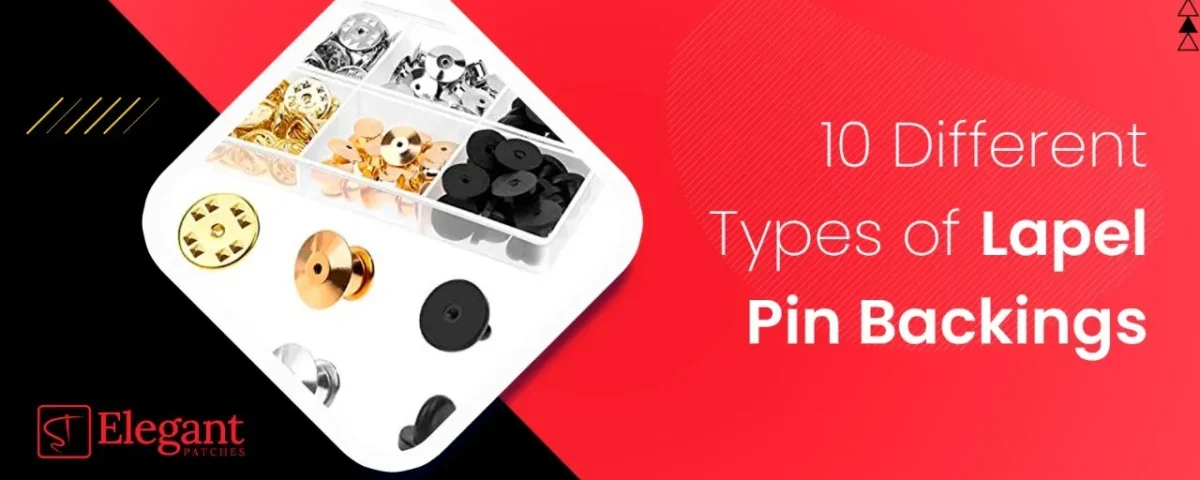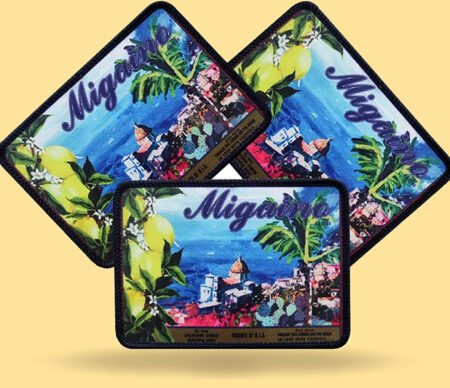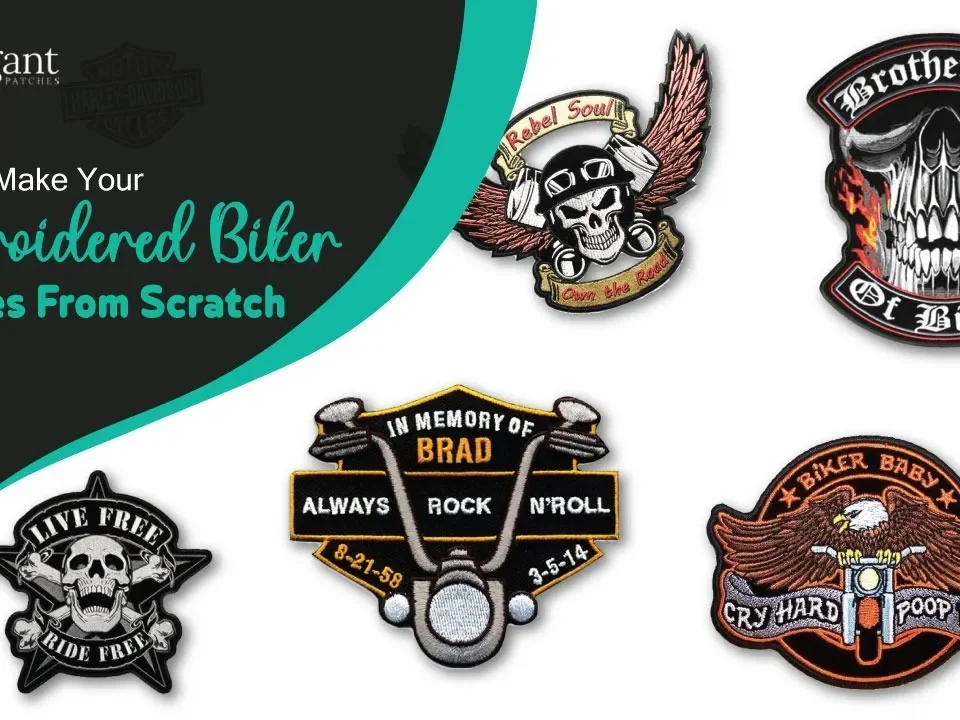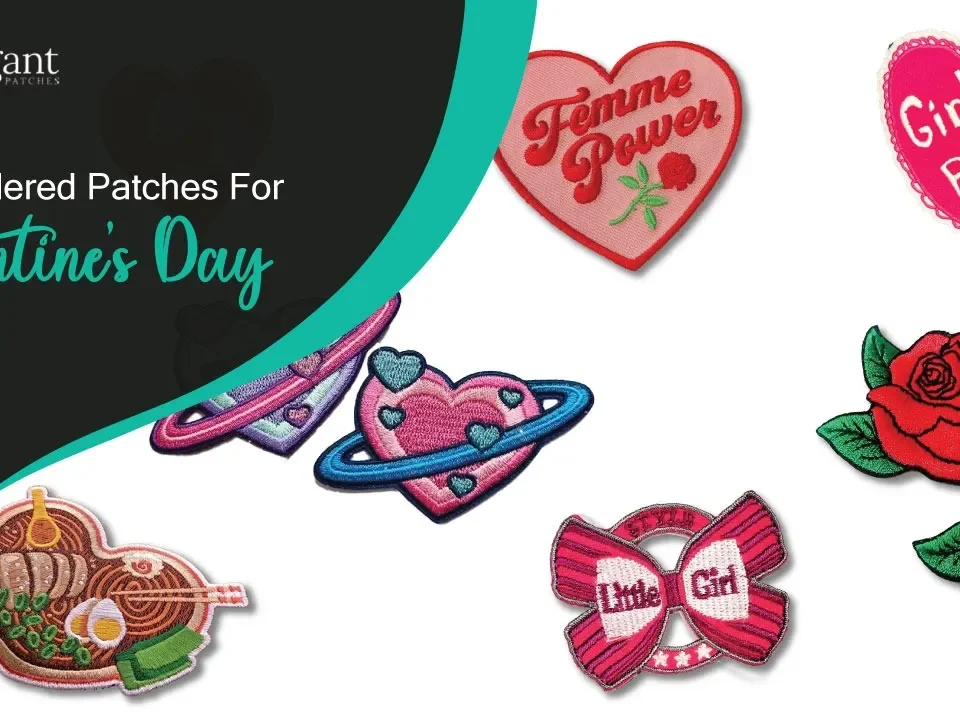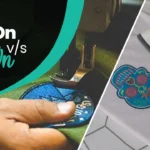
Iron-On Vs. Sew-On Patch
August 5, 2024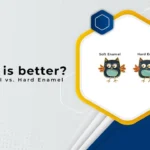
Soft Enamel vs. Hard Enamel: Which is Better?
August 5, 2024The 10 Different Types of Lapel Pin Backings
The pin section that connects to the clothes is known as the lapel pin backs or a butterfly clutch. They are used mainly for aesthetic purposes. A needle is passed through the clothing to keep a lapel pin in place whereas a back is placed on the needle. When worn, the back of the lapel pin is hidden, making it more appealing to the eye.
However, picking an attachment option is often confusing but from the Elegant Patches Company, you can get access to many enamel pin backings mounting options. Choosing the right one for your custom pin design is primarily a matter of taste. So to place an order, everyone must first understand the many types of lapel pin backings available.
This article will go over the various materials utilized and summarize the many types of lapel pins backings, and when they are most helpful.
What Are The Different Types Of Backings For Lapel Pins?
There are three significant types of lapel pin backings materials (metal, plastic, and magnetic), as well as a variety of backing techniques, such as clutch, pin, and bent legs. If you’re wearing it with a pricey piece of clothing, for example, a magnetic backing might be the best option to avoid ruining the fabric. If you’re active, a bent leg backing will provide you with the best grip.
Primary Materials Used For Pin Backings
The majority of backings have metal or plastic clutches. Because they are easier to produce in bright colors to match the pin image, rubber clutches are highly hot right now for most accessories and fashion pieces. Most professional pins are made with metal since it has the most exquisite appearance.
Other backing materials include hard plastic, rubber, magnets, and metal. There may be a variety of materials available, each with various affordability levels.
Before making your final selection, have a look at the following list of different types of Enamel Pin Backings and learn a little about their features, pros, and cons.
1. Butterfly Clutches
The butterfly clutch is the most used pin backing in the world. There are two components to it. The pin’s short nail-like prong is inserted into the material where it is caught by a circular clutch that must be squeezed to accept and release the prong. It is an excellent idea to request a double butterfly clutch if you have a large or custom-shaped pin.
Although this is the most popular backing, it is not as reliable as other options because Butterfly clutches deteriorate over time. If not correctly repaired, the grip is effortless to lose.
2. Rubber Clutches
Although they resemble butterfly clutches but they are made of tough rubber. The rubber clutch pin backing is preferred among lapel pin manufacturers because it securely retains the pins in place while also providing a warm skin feel. Rubber clutches have a gripping post that facilitates removing the grip from the post simple. It consists of a soft plastic portion that holds your enamel lapel pins and secures them to clothing, fabric, or other materials.
These are ideal for brightly colored, amusing pins.
3. Deluxe Clutches
They are constructed using brushed metal and look great but they are also built to last. This clutch is one of the most solid backing alternatives available, and it is meant to stay in place for lengthy periods. It costs more to add to your pin, but it is well worth for a pin you do not want to lose by accident.
They are commonly seen on higher-quality pins and make suitable gift backings. The Jewelry Clutch is the most common attachment, and it secures to the 10mm post. They are great for ordering pins for your staff or a special event (e.g., an anniversary). It gives an ultimate high-end look for which we should thanks to its brushed metal.
4. Stem Style Clutches
The prong that passes through the material is significantly longer, and the sharp tip is usually covered with rubber or metal. These are great for pins that need to go through a thick layer of fabric or numerous layers of fabric.
5. Flathead Locking Clutches
The flathead, which features an internal locking mechanism is one of the most secure alternatives. They are not infallible but they are far preferable to butterfly or rubber clutches. These are typically used to protect precious items.
6. Ball Locking Clutches
These clutches resemble flathead clutches, but they have a little ball on end. Because of their charming appearance, they are sometimes referred to as “jewelry clutches.” They have an internal locking mechanism that keeps the pin tight.
7. 2-Piece Magnet
They are currently one of the most popular backings. They are simple to put on, tend to stay together well, and won’t damage your clothes the way a puncture from a clutch or pin backing would. These are often smaller to ensure that the magnet is strong enough to keep it in place despite movement.
Whenever possible, two-piece magnets should be used with thin and textured materials. The magnet may glide along with the material if it is too smooth because it is not physically adhered to it in any manner. They work best on garments that will not be subjected to movement.
8. Bent Legs
The bent leg is designed to embrace around a button that acts as the pin’s base, making it one of the most durable backings. Pins with bent leg backings are typically used as accent pieces to go with an ensemble or uniform. These are most often found on decorative pins but they can also be found on ranking or logo pins.
9. Bar Magnet
A bar magnet is usually used on pretty large pins. One will be fastened to the hook, while the other will be used to line the fabric’s interior. Because of its size and strength, it can bear more pull.
It is a great way to wear pins with garments that you don’t want to puncture with a regular clutch or safety pin. If you plans to wear a lot of hanging metal (for example necklaces, ultra-long earrings, etc.). They should avoid this option because it may become trapped. They also won’t function if there are numerous thick layers between the magnets (for example, shirt, a coat, and undershirt), so try to keep it to just one layer.
10. Safety-Pin
As the name says, this pin backing is constructed of a straight metal pin with a clasp that runs through the backside of your lapel pin. Because it is easy to adhere to garments or fabrics, this type is commonly used in safety pins and has become extremely popular for enamel lapel pins.
The safety-pin backings are more frequent on button pins but it can also be found on enamel lapel pins. They have the appearance of a traditional safety pin. They can attach to the back of your pin in various ways, depending on the preference of the company producing it or the kit you choose if you’re making them by hand.
Safety pin backings are less trustworthy than clutch pins and therefore should not be used on materials that will move a lot, as this may cause the pin to unlatch unexpectedly. Pins for one-time events, such as temporary name badges, are usually preferred in this style. For most people, they are a little easier to put on.
Final Words
Understanding the above-mentioned differences of types of lapel pin backings can assist you in obtaining bespoke lapel pins. Now is the time to place your order for your next Custom Enamel Lapel Pin with Elegant Patches.
Elegant Patches is a custom lapel pin digitizing service provider operating in the United States. We provide wholesale high-quality hard and soft enamel pins at the most affordable pricing.
If you want to learn more about lapel pins backing types and our other personalized metal items, please visit our website.


